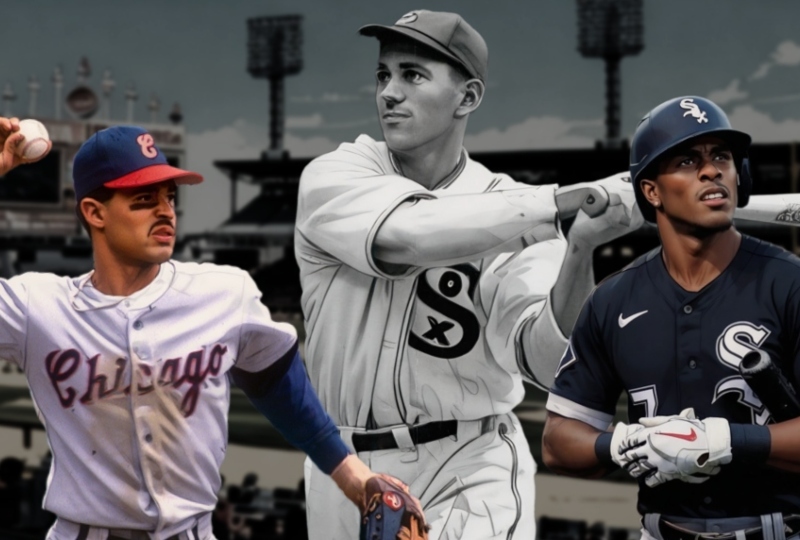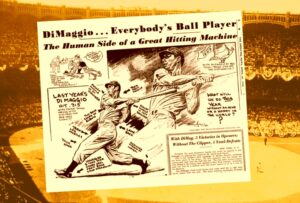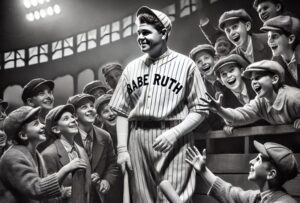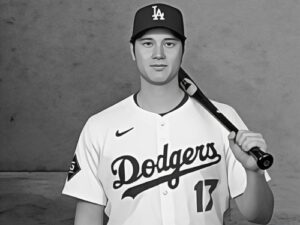Shortstop has long been considered one of the most vital positions in baseball. It’s a demanding combination of agility, instincts, and leadership.
For the Chicago White Sox, this position has been the domain of legends. From Hall of Famers to cultural trailblazers, the South Side has seen its share of greatness at short. Among the most iconic are Luke Appling and Luis Aparicio, but the story stretches further, including talents like Chico Carrasquel and modern contributors such as Juan Uribe. This essay traces that legacy and examines how the position has shaped White Sox history.
Luke Appling: “Ol’ Aches and Pains”
Luke Appling wasn’t just one of the best shortstops the White Sox ever had—he was one of the finest shortstops in all of baseball history. His journey in Chicago began in the early 1930s, and like many great players, it started under difficult circumstances. His early years with the team were rocky, mostly due to managerial instability. He played under three different managers in his first five seasons, struggling under Donie Bush, who was gruff and unsupportive, and Lew Fonseca, who was too detached. It wasn’t until Jimmie Dykes took over that Appling found his footing.
Dykes’s approach was straightforward: he believed in Luke and told him so. That simple vote of confidence transformed Appling into a star. In 1936, two years after Dykes took over, Appling won the batting title with a stunning .388 average and 128 RBIs—a massive total for a shortstop in any era. Appling became a perennial All-Star and would go on to hit .300 in 15 different seasons.
Nicknamed “Ol’ Aches and Pains” for his tendency to talk at length about his minor injuries, Appling was still remarkably durable and productive late into his career. At age 36, he won his second batting title, and even at 42, he delivered a 5-WAR season. His longevity was matched by his loyalty: he spent all 22 years of his MLB career with the White Sox. The club eventually honored him with a special “Luke Appling Day,” rewarding him with a check and a heartfelt letter acknowledging his contributions to the team and city.
Luis Aparicio: Changing the Game with Speed and Style
Luis Aparicio arrived in Chicago at a time when stolen bases were nearly extinct in the American League. That changed because of “Little Looey.” Though small in stature and humble in demeanor, Aparicio made an enormous impact—not just on the White Sox, but on the game itself. In 1956, he broke into the league and was told not to run, thanks to the conservative managerial style of Marty Marion. But when it was clear the Sox weren’t competing that season, Aparicio was given a green light and swiped 15 bases in the final two months, leading the league.
And then he kept leading it. For nine consecutive seasons, Aparicio led the American League in stolen bases. By his tenth season, the average AL team had doubled its stolen base output. Aparicio didn’t just rack up stats; he sparked a revolution in base-running that opened the door for stars like Maury Wills and Lou Brock to use their legs as weapons. Aparicio finished his career with 506 stolen bases, retiring in 1973.
Defensively, Aparicio was elite. Ted Williams once said, “For going and getting the ball, and for doing it over a long period of time, Aparicio is on my all-star team.” Despite playing at high-risk positions and being constantly in danger on double plays, Aparicio was remarkably durable—starting in every season of his 18-year career.
He was also a clubhouse leader and teammate whose value transcended the field. His influence extended beyond statistics; Aparicio was a beacon for future Latin American stars and the pride of Venezuela.
Chico Carrasquel: The Trailblazer
Before Aparicio, there was Chico Carrasquel—the first Latin American shortstop to start in an All-Star Game and a foundational figure in White Sox history. Carrasquel arrived in 1950 and immediately formed a dynamic double play duo with second baseman Nellie Fox. The two played together for six years, earning nine All-Star selections combined and anchoring a strong White Sox infield.
Carrasquel was more than a slick fielder—he was a cultural pioneer. The Sox were one of the first teams to hire interpreters and foster an inclusive environment for Latin players. Though he was sometimes criticized as lazy or aloof, these labels were more a reflection of cultural misunderstanding than performance. Carrasquel was a fan favorite and an inspiration to young Latin players like Aparicio, who would follow in his footsteps.
Though Carrasquel’s MLB career lasted only ten seasons, he played for eight more years in Venezuela and managed in their professional leagues, becoming a national icon. His impact on the White Sox can’t be overstated: he opened the door for an era of Latin American talent on the South Side.
Juan Uribe: Flash, Power, and One Big Championship
While not as decorated as Appling or Aparicio, Juan Uribe played a pivotal role in the most important moment in modern White Sox history—the 2005 World Series. Uribe had a cannon arm and elite range, making him one of the premier defensive shortstops of his era. He could also come through in clutch situations.
Uribe’s defensive gem in Game Four of the 2005 World Series helped seal the White Sox’s sweep of the Astros, delivering the franchise’s first championship since 1917. He was never an All-Star, but he was a player who rose to the moment and left his mark on the biggest stage.
Other Notable White Sox’ Shortstops
Ron Hansen was known for his power and glove and once held the single-season home run record for a White Sox shortstop. He also made MLB history by turning an unassisted triple play while with the Washington Senators. Hansen’s career was derailed by a series of back injuries, but his early years in Chicago were promising.
Ozzie Guillén, who isn’t discussed at length in the file but looms large in Sox history, was the emotional heart of the team in the 1980s and early 1990s. He later returned to manage the 2005 championship team—cementing his legend in dual roles.
José Valentín, who played mostly in the early 2000s, hit for power and was part of the rotating shortstop carousel before the emergence of young stars like Tim Anderson. Valentín was never an All-Star but provided stability during an era of transition.
The Enduring Identity of White Sox Shortstops
From Appling’s grace and grit, to Aparicio’s daring, to Carrasquel’s cultural impact, the position of shortstop has been central to White Sox identity for nearly a century. These players weren’t just defensive specialists or lineup fillers—they were game-changers. They set records, redefined expectations, and helped their teams win. In some cases, they changed baseball itself.
Luke Appling played through injury, grumbling and joking his way into fans’ hearts. Luis Aparicio stole bases—and hearts—while giving the White Sox a new weapon that changed the balance of power in the AL. Chico Carrasquel showed that the future of baseball would be global, and Juan Uribe delivered in the moment that mattered most.
Shortstop on the South Side has never been just a position. It’s been a tradition, a torch passed down through generations—from Appling’s dusty glove to Tim Anderson’s swagger. Each player brought something new, but together, they’ve helped define what it means to wear a White Sox uniform.






